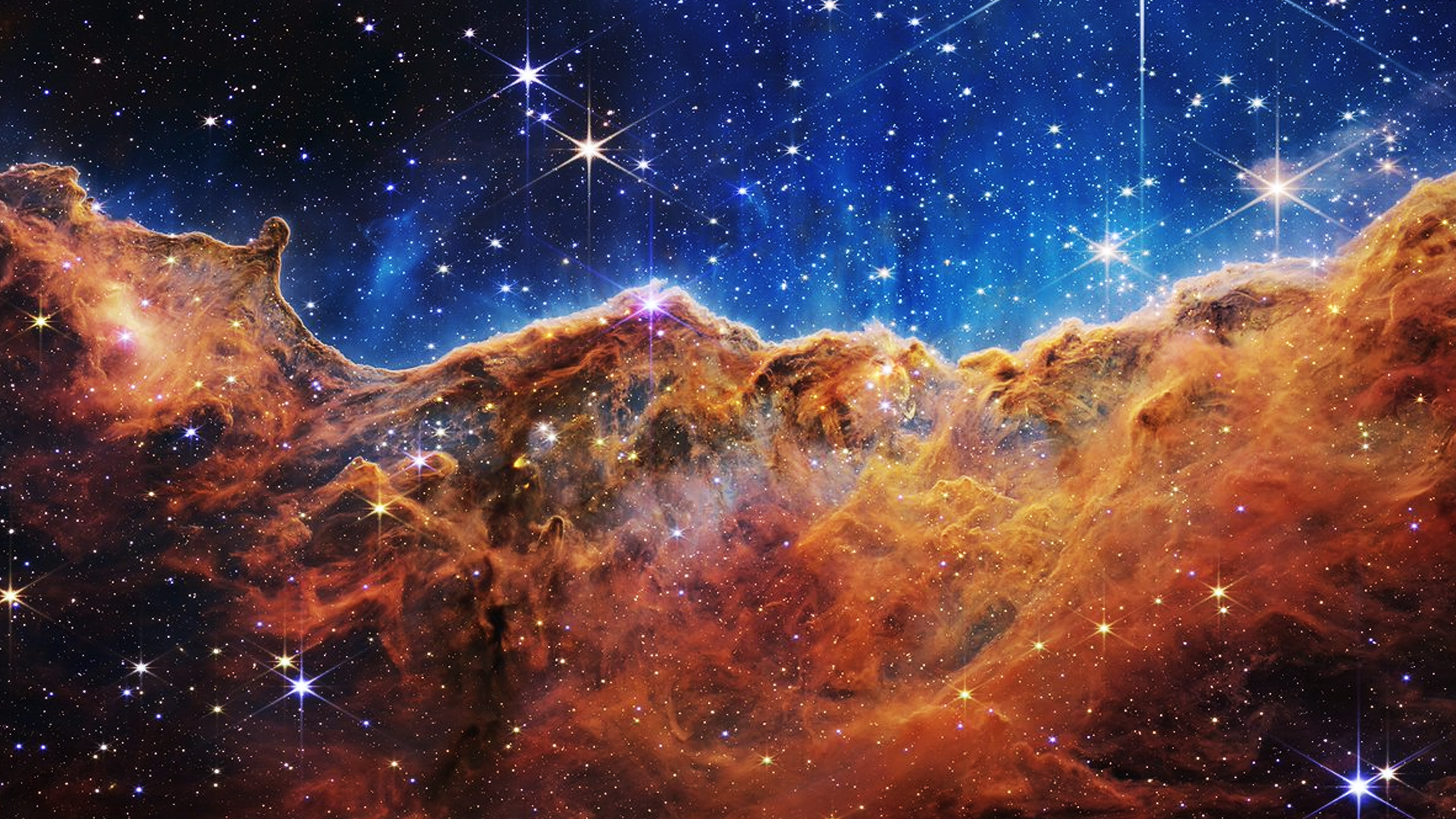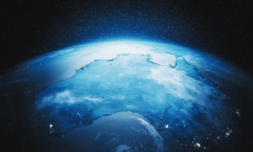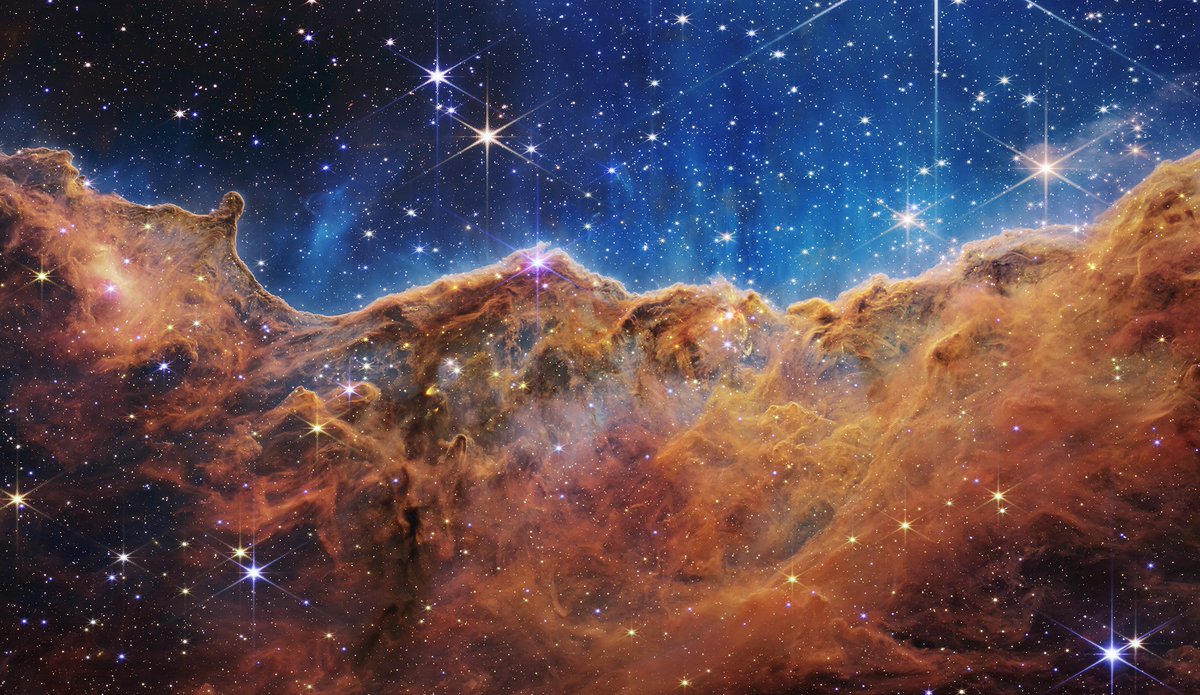NASA’s James Webb Space Telescope has delivered the most detailed and vivid images of the early Universe to date. Within these snapshots, thousands of distant galaxies are visible.
Feast your eyes on the deepest infrared images of the universe to date. I’ve got a headache.
These mind-blowing snaps arrive courtesy of NASA and its powerful James Webb Space Telescope. Unsurprisingly, the results are transfixing millions across social media.
Firstly, the $10bn state-of-the-art device captured the same gorgeous slither of space as the Hubble Space Telescope decades before – but in far more detail. This region of the cosmos is known as SMACS 0723 and is located some 4.6bn light-years away.


The light from some of the galaxies gathered by the JWST’s 21-foot-wide mirror had travelled roughly 13bn years to arrive there. Fathom that, if you can.
In terms of scope, this part of the Universe is equivalent to holding a grain of sand on the tip of your finger at full arm’s length, according to NASA administrator Bill Nelson.
See the vast difference between the Hubble and JWST captures below.
My (admittedly very rough) attempt at a Hubble v #JWST comparison. And this is literally just the beginning. pic.twitter.com/EjGqwg4yhn
— Dr. Kelvin Getley 💉💉💉 (@TheGM2K) July 12, 2022
The final result we’re marvelling at now was achieved from layering a composite of images at different wavelengths over a span of 12.5 hours. By contrast, it took the Hubble satellite around a week to complete the same render in the 90s.
The JWST’s more vivid and accurate representation is possible thanks to its ability to gather light from within very thin layers of gas surrounding both distant planets and galactic phenomenon within our own solar system.
While previously, nearby stars had drowned out this faint light to the point it was essentially undetectable, the precision and power of the latest telescope means it doesn’t suffer from the limitations of its predecessor.
How small is the #JWST field in that amazing image?
We heard “like a grain of sand, at arms length” ….
Here’s what that looks like!
It’s tiny when compared to even some nearby galaxies. Imagine all the sky covered in galaxies!
Credit: https://t.co/Q3jYzdYkN0 pic.twitter.com/ogzwT2PYz7
— Rami Mandow 🏳️🌈 (@CosmicRami) July 12, 2022
‘The gravity of the cluster is distorting and warping our view of what’s behind,’ Jane Rigby, operations project scientist for JWST at NASA, said during a briefing.
‘There are these galaxies that look stretched and pulled, kind of like they’ve been magnified – because they’ve been magnified by the gravity of the cluster just like Einstein said they would.’
From this point on, otherworldly observations will provide a much fuller spectrum of colour and activity than we’ve been accustomed to. This will help immeasurably in the quest to learn more about the Universe and how everything was formed.
If that’s whet your appetite, NASA has just released even more tantalising images showing vibrant nebulas and exotic galaxies in unprecedented levels of detail. Here’s what we’ve got so far.























